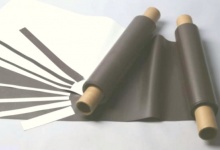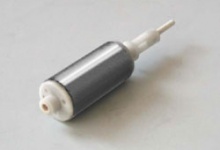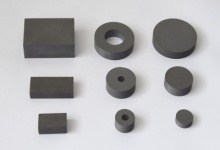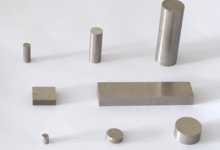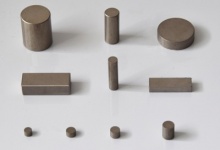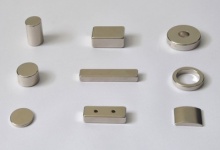Magnet types
Rubber magnets
Traditional materials for permanent magnets have some mechanical properties restricting their use: they are hard and generally brittle. This is due to the structure of magnetically hard materials in which it is necessary to form obstacles to the movement of the domain walls.
více informacíPlastomagnets
Permanent magnets are manufactured either by traditional metal casting or sintering – the "ceramic" technology. However, both methods have their limitations in particular with regard to shape, complexity of the product and the achieved precision of dimensions.
více informacíFerrites
Introduction Ferrite magnets are the most widespread group of magnets. Their global consumption reaches annually approx. 300 000 tonnes and continues to rise.
více informacíMagnets Alnico
Alloy magnets on the basis of Al-Ni and Al-Ni-Co are material types with a long tradition. Although the sector of manufacturing advanced magnet types on the basis of rare earths is rapidly developing, alloy magnets continue to hold an important market share.
více informacíSamarium magnets (SmCo)
The chemical base of these magnets is made up of the elements samarium and cobalt in a ratio of SmCo5 or Sm2Co17. They are manufactured by sintering very finely ground substances as their direct casting is not possible - see Manufacturing technology. These magnets have high inner energy and hence great portative force with small dimensions (as opposed to traditional ferrite magnets.
více informacíNeodymium magnets (FeNdB)
Permanent magnets on based on FeNdB (sometimes also NdFeB) contain elements of the rare earths neodymium (Nd), dysprosium (Dy), and possibly praseodymium (Pr). They achieve the highest values of the inner magnetic energy.
více informací
